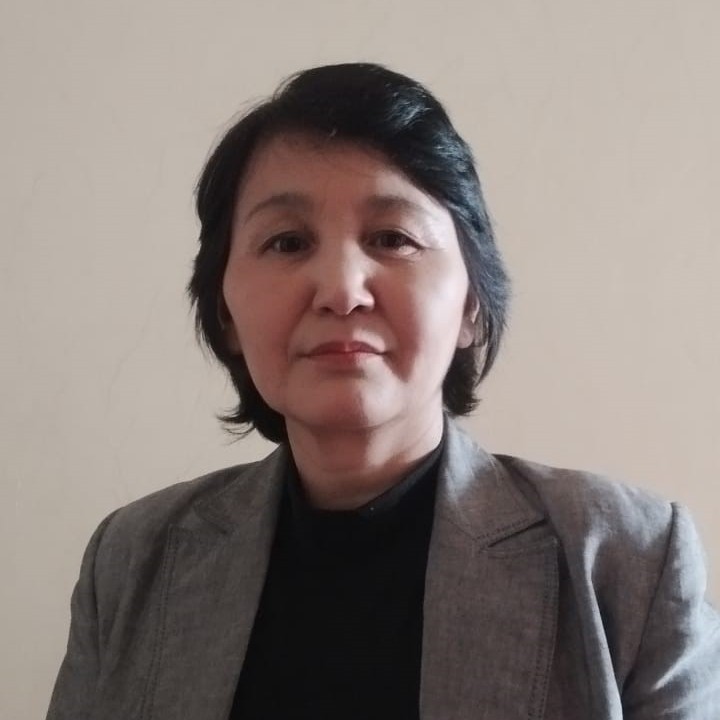
Mazhieva Elba
Lecturer
The Department of «Technique and technology of food production»
Master of technical sciences
email: e.majieva@mail.ru
Semey State University, department “Mechanics” trainee – teacher, lecturer (09/1996-09/1999)
Almaty Technological University, department “Engineering graphics and applied mechanics” teacher, senior lecturer, lecturer (09/2000-09/2021)
International University of Engineering and Technology, Department of Engineering and Technology of Food Production, lecturer (09/2022 - present)
1991 - 1996 "Semey" State University. machines and devices for food production.
2002 - 2005 Institute of Mechanics and Machine Science of the Academy of Sciences of RK named after academician U.A.Dzholdasbekov, postgraduate course. "Theory of machines and mechanisms".
2014 - 2016 Almaty Technological University, Master`s degree. "Technological machines and equipment".
Topic: Development of a new method for rolling metal alloys, which allows to obtain materials with an ultrafine-grained structure.
Publications
PROJECTION OF A POINT. Methodological instructions and program training assignments for all university specialties studying this subject in accordance with the undergraduate program “Engineering Graphics-I”. International Educational Corporation of the Kazakh National Academy of Architecture and Construction for the 2022-2023 academic year. (E.M. Mazhiev., E.M. Mazhieva).
BLOCKCHAIN TECHNOLOGY AND POSSIBILITIES OF ITS USE IN THE EDUCATION PROCESS. Baizakova Zh.S., Candidate of Technical Sciences, PhD, Doctor of Philosophy, Mazhieva E.M., Master of Technical Sciences, Kareneva Z.A., Master of Technical Sciences, Kasym E., Master's student. METU Magazine. 2023.
KINEMATIC ANALYSIS OF THE LIFTING MECHANISM AND DEVELOPMENT OF A NEW DESIGN OF SELF-PROPELLED SHELF
U.T. Abdrakhimov., E.M. Mazhiev., E.M. Mazhieva. International scientific and practical conference “Innovative development of the food, light industry and hospitality industry”, Collection of ATU. 2023.
WAYS TO OBTAIN HIGH-QUALITY MEAT IN SMALL-SCALE PRODUCTION.
Bulletin of SHAKARIM University, No. 2 (14) 2024, STR .208,. Baizakova Zh. S., Majiev E. M., Chingenzhinova Zh. S. Majieva E. M
PROCEEDINGS 10th of April, 2024 INTERNATIONAL SCIENTIFIC AND PRACTICAL CONFERENCE "International scientific and practical conference of students, undergraduates, doctoral students and young scientists "Student, Science and Innovation: modern research trends", dedicated to the Day of Science Workers and the 125th anniversary of Kanysh Satpayev",3D modeling in the AUTOCAD system Mukhamedzhanov T. O., Kuanysh A. K., Binazar N. E.student of the TMO-22-1 K group, supervisor: Majieva E. M., International University of Engineering and Technology, Almaty, Kazakhstan